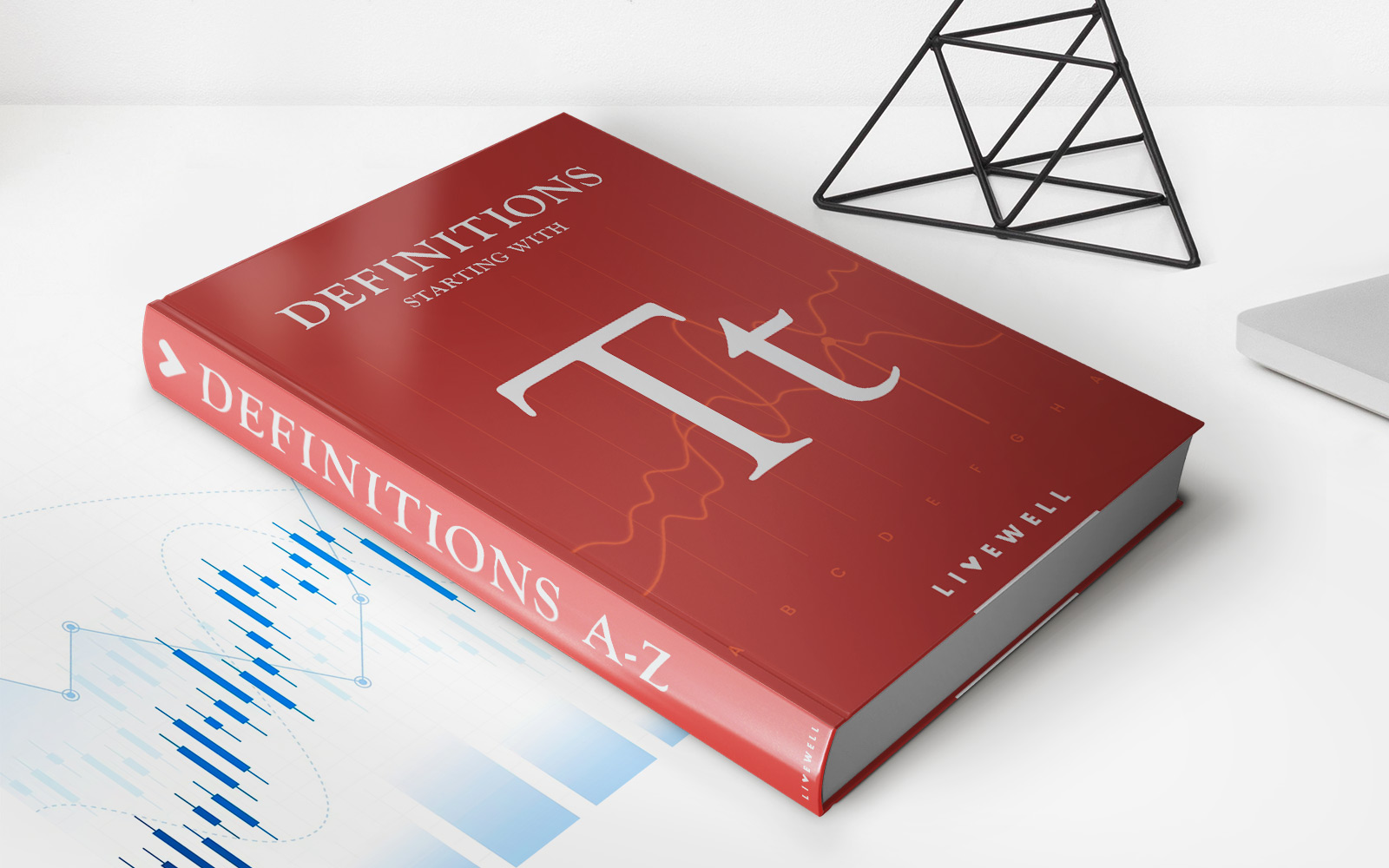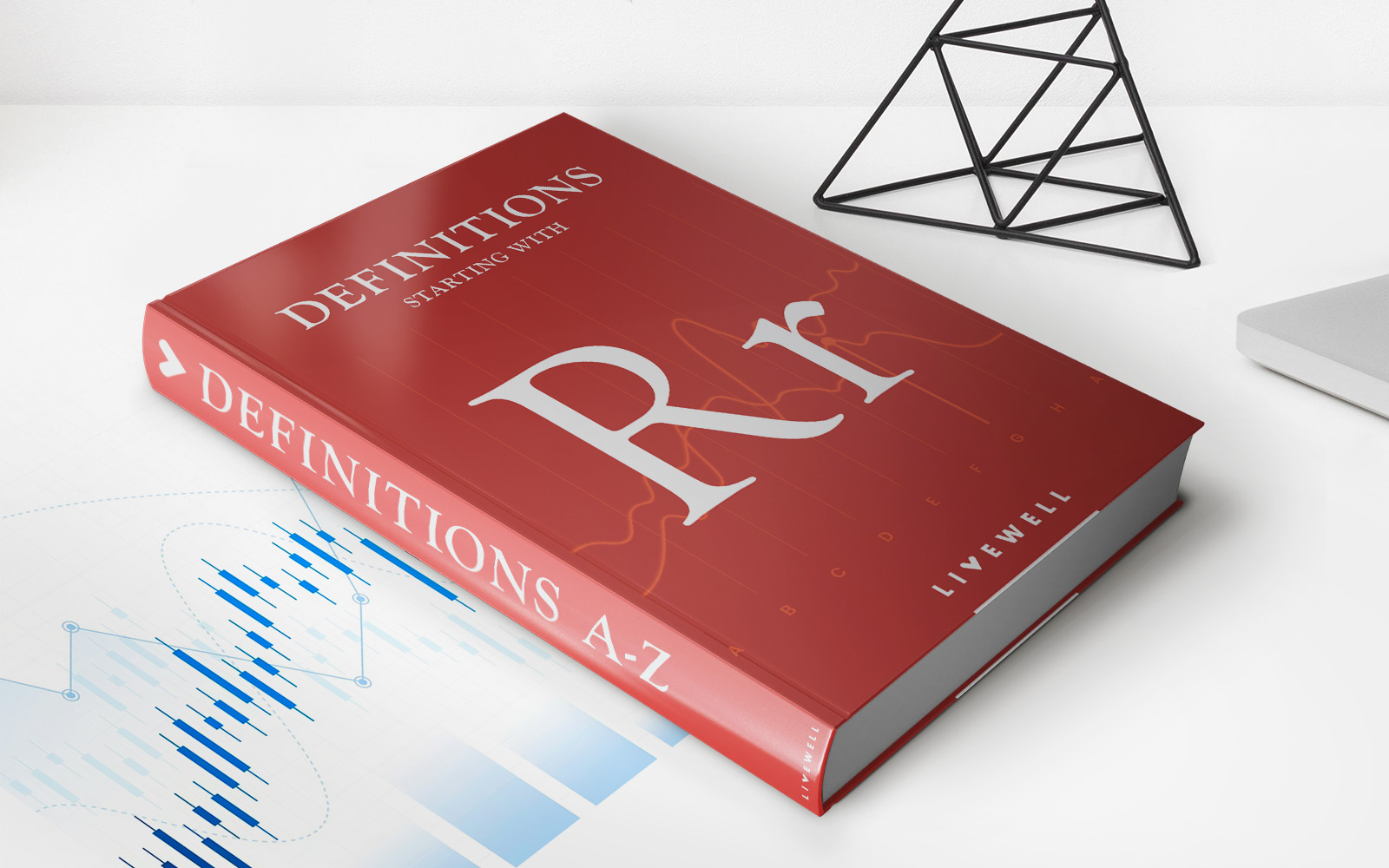Home>Finance>Class A Shares: Definition, Types, Vs. Class B And Class C Shares


Finance
Class A Shares: Definition, Types, Vs. Class B And Class C Shares
Published: October 27, 2023
Learn the definition and types of Class A shares in finance, and understand the differences between Class B and Class C shares for optimal investment strategies.
(Many of the links in this article redirect to a specific reviewed product. Your purchase of these products through affiliate links helps to generate commission for LiveWell, at no extra cost. Learn more)
Welcome to the World of Finance: Exploring Class A Shares
When it comes to investing, understanding the different classes of shares is essential. One such class that often confuses new investors is Class A shares. In this blog post, we will delve into the details of what Class A shares are, the various types available, and how they compare to Class B and Class C shares. So, if you’re ready to expand your knowledge of finance, let’s dive in!
Key Takeaways:
- Class A shares offer investors exclusive benefits and privileges.
- These shares are typically associated with higher voting rights and lower expenses.
What Are Class A Shares?
Class A shares, also known as “Preferred Stock,” are a type of share that a company issues to the public. Unlike other classes of shares, Class A shares offer unique advantages to the investors who hold them. These advantages often include higher voting rights, a priority share in the company’s profits, and a preference for dividend payments.
When it comes to investing in Class A shares, it’s important to note that they often come with a higher price tag compared to Class B and Class C shares. This is because Class A shares typically offer exclusive benefits and privileges that are not available to other classes of shares. For investors seeking greater control and preferential treatment, Class A shares may be an attractive option.
Types of Class A Shares
Class A shares can be further classified into different types, depending on the company issuing them and their specific terms. Here are a few types to be aware of:
- Restricted Class A Shares: These shares come with certain restrictions, such as limitations on selling or transferring the shares. They are commonly issued to company insiders or long-term investors.
- Founder’s Class A Shares: These shares are often held by the company’s founders and grant them certain exclusive rights, such as control over major business decisions or a higher voting power compared to other shareholders.
- Institutional Class A Shares: Designed for institutional investors, these shares often have lower fees and expenses compared to other types of Class A shares. They are tailored to meet the investment needs of large organizations, such as pension funds or mutual funds.
Class A Shares vs. Class B and Class C Shares
Now that we’ve explored Class A shares, let’s take a moment to compare them with the other classes of shares – Class B and Class C:
- Class A Shares: Offer higher voting rights, priority in profit distribution, and potentially a higher price per share. These shares are often associated with long-term investors or company insiders who seek greater control and preferential treatment.
- Class B Shares: Possess lower voting rights compared to Class A shares. They are often issued to the general public and retail investors. Class B shares may have few or no dividends or preferential treatment, but they are usually less expensive to acquire.
- Class C Shares: These shares typically have no voting rights and cater to investors seeking capital appreciation rather than income. Class C shares often come with higher expenses and fees compared to other classes.
Conclusion
Understanding Class A shares and their differences from Class B and Class C shares is crucial for investors looking to make informed decisions. Whether you are a long-term investor seeking control or a retail investor focusing on affordability, there is a class of shares to suit your investment style.
By gaining a deeper understanding of the various classes of shares, investors can make well-informed decisions and navigate the complex world of finance with confidence.
Are you ready to take your investment journey to the next level? Consider exploring the possibilities presented by Class A shares and unlock a world of potential.














